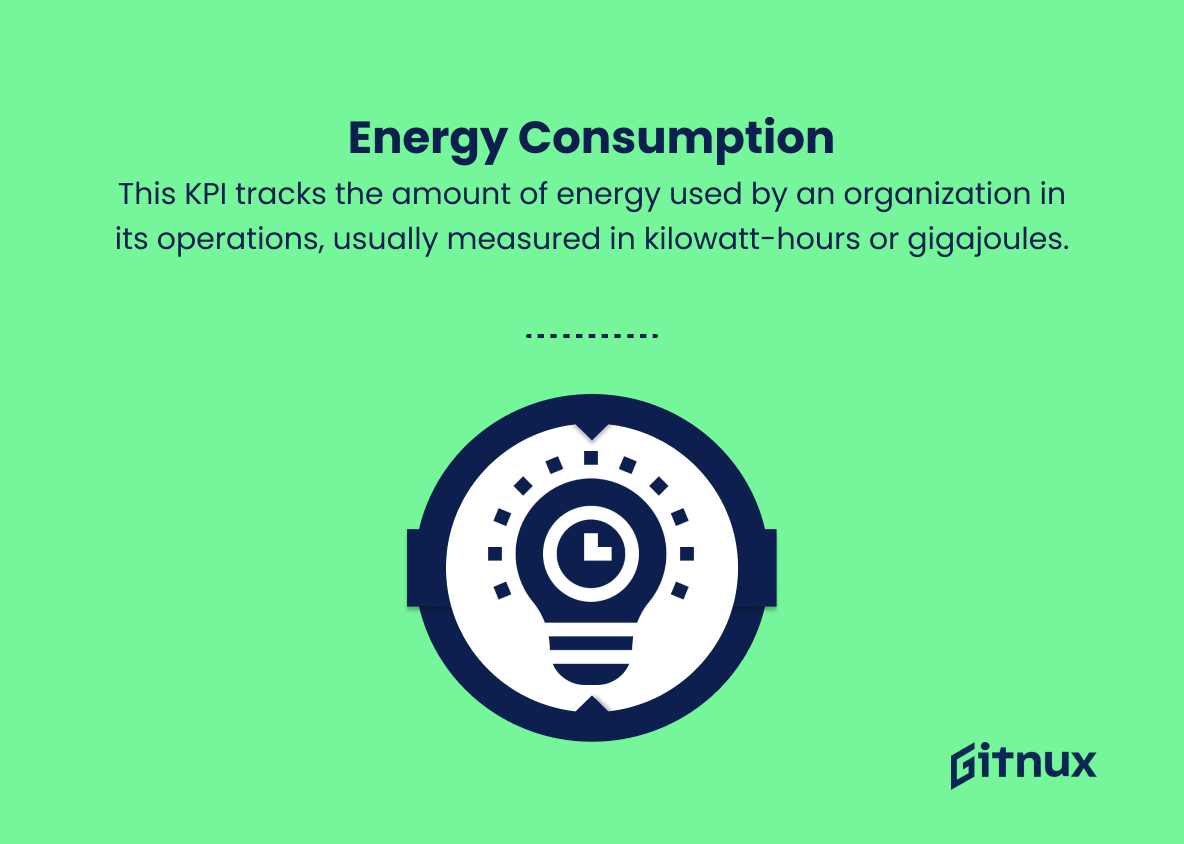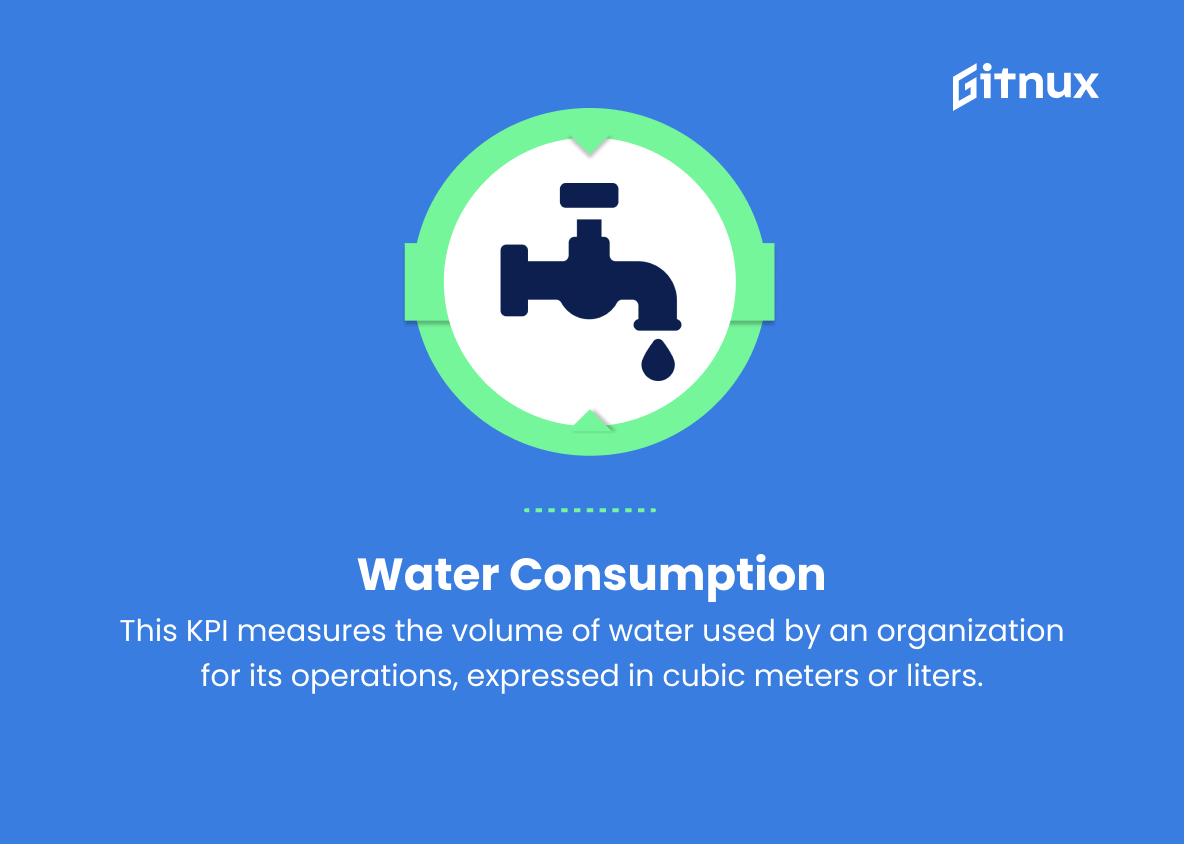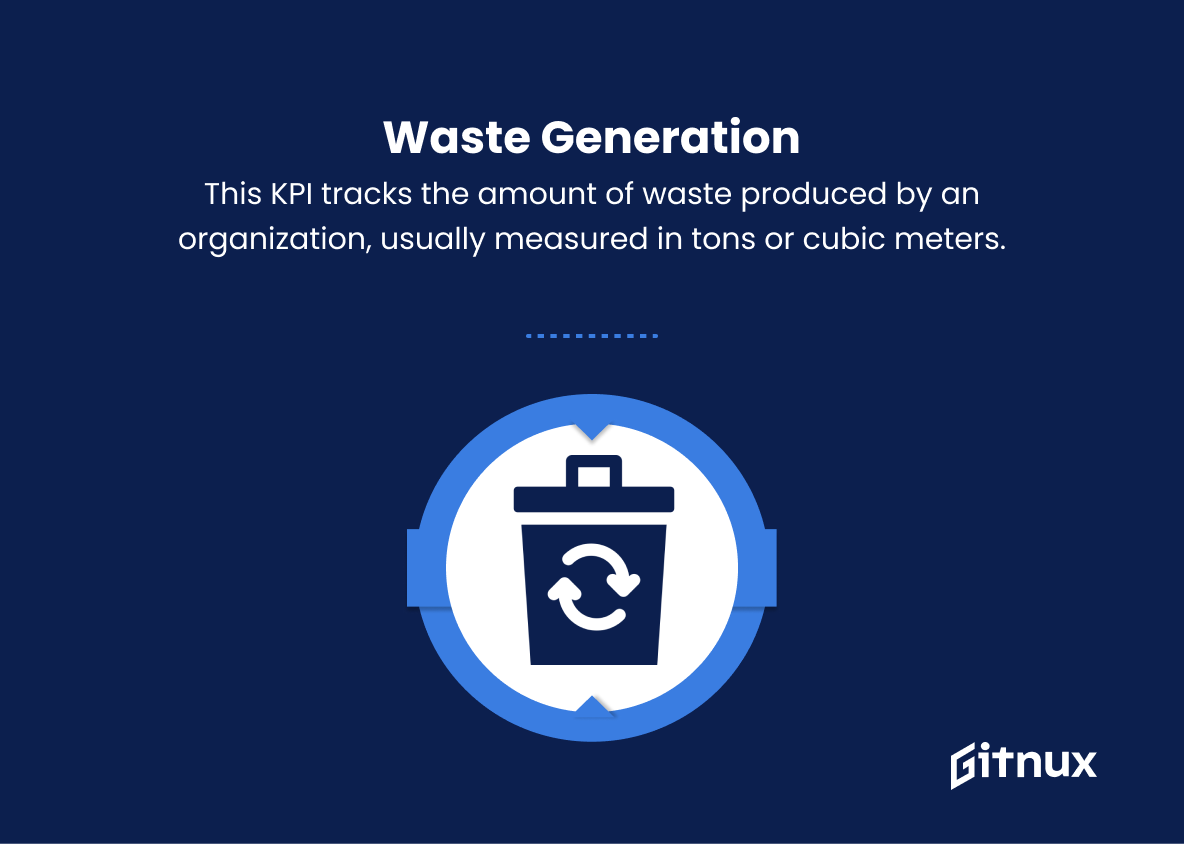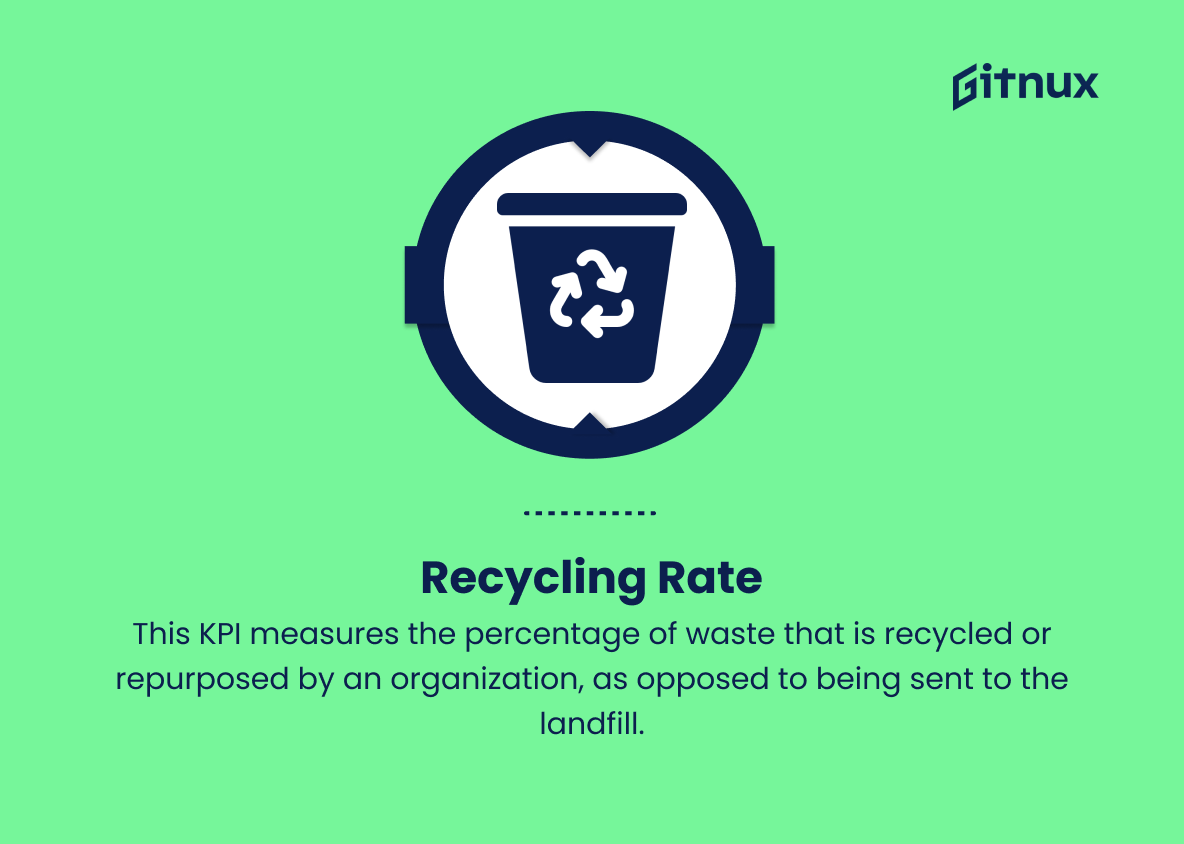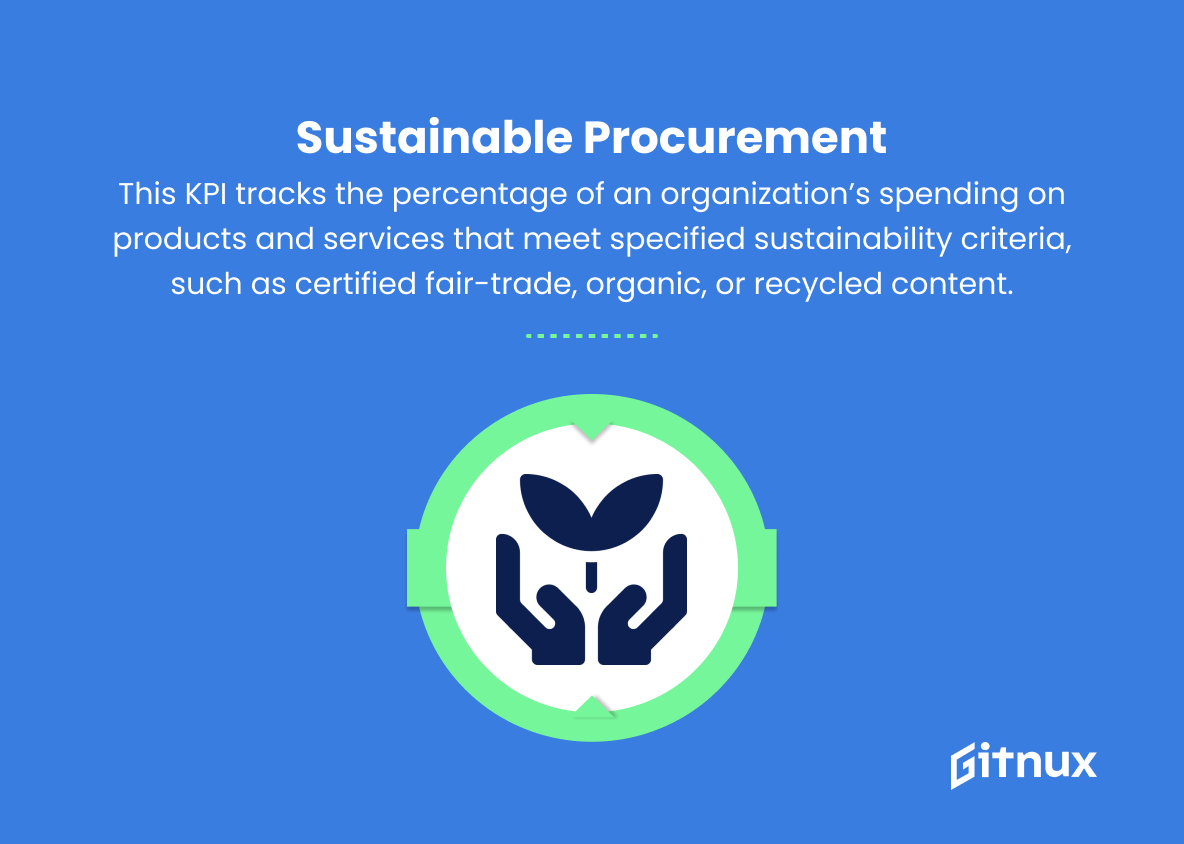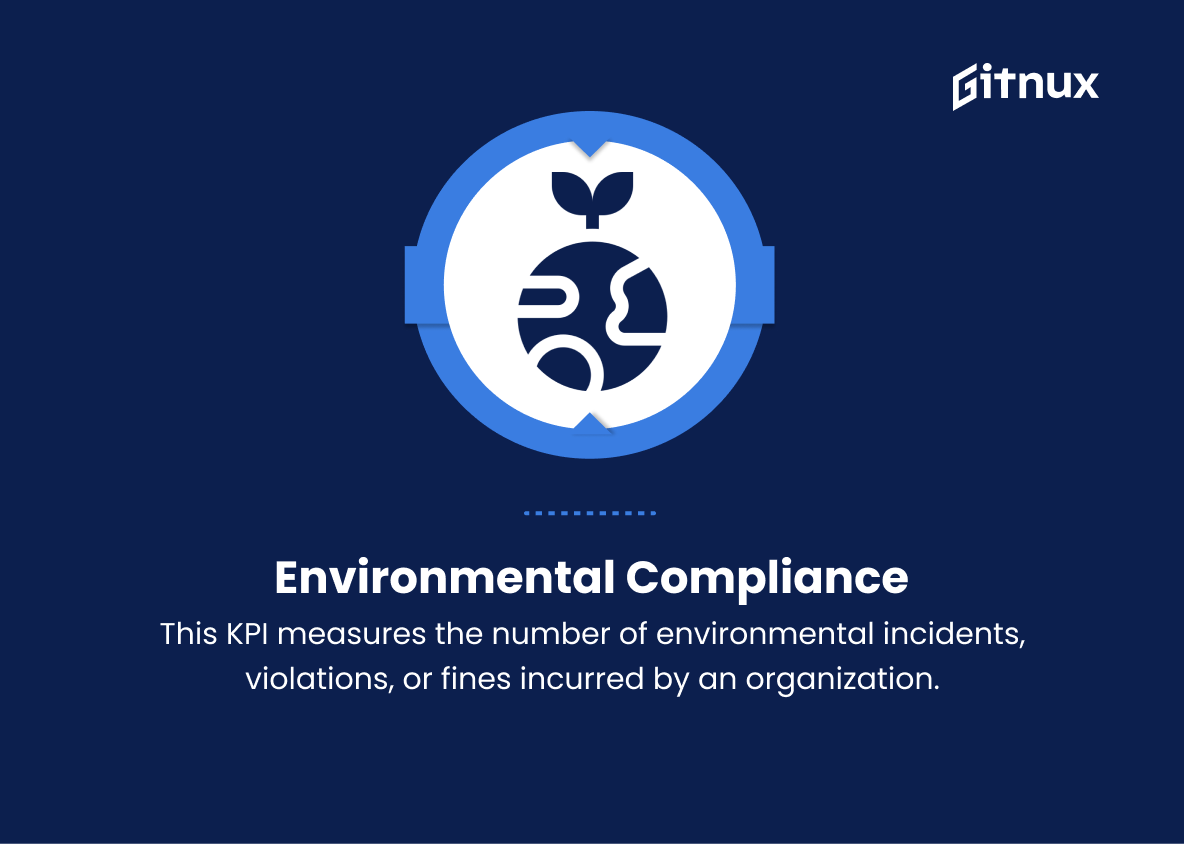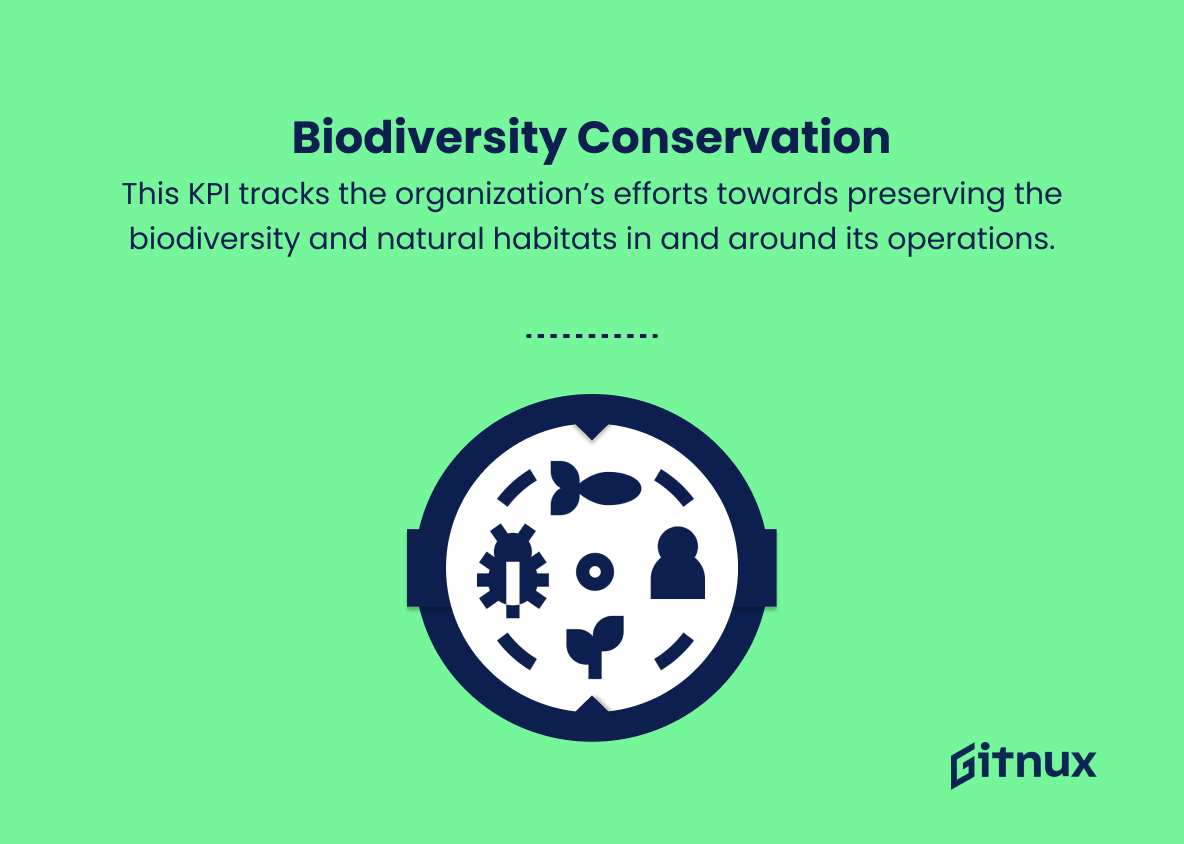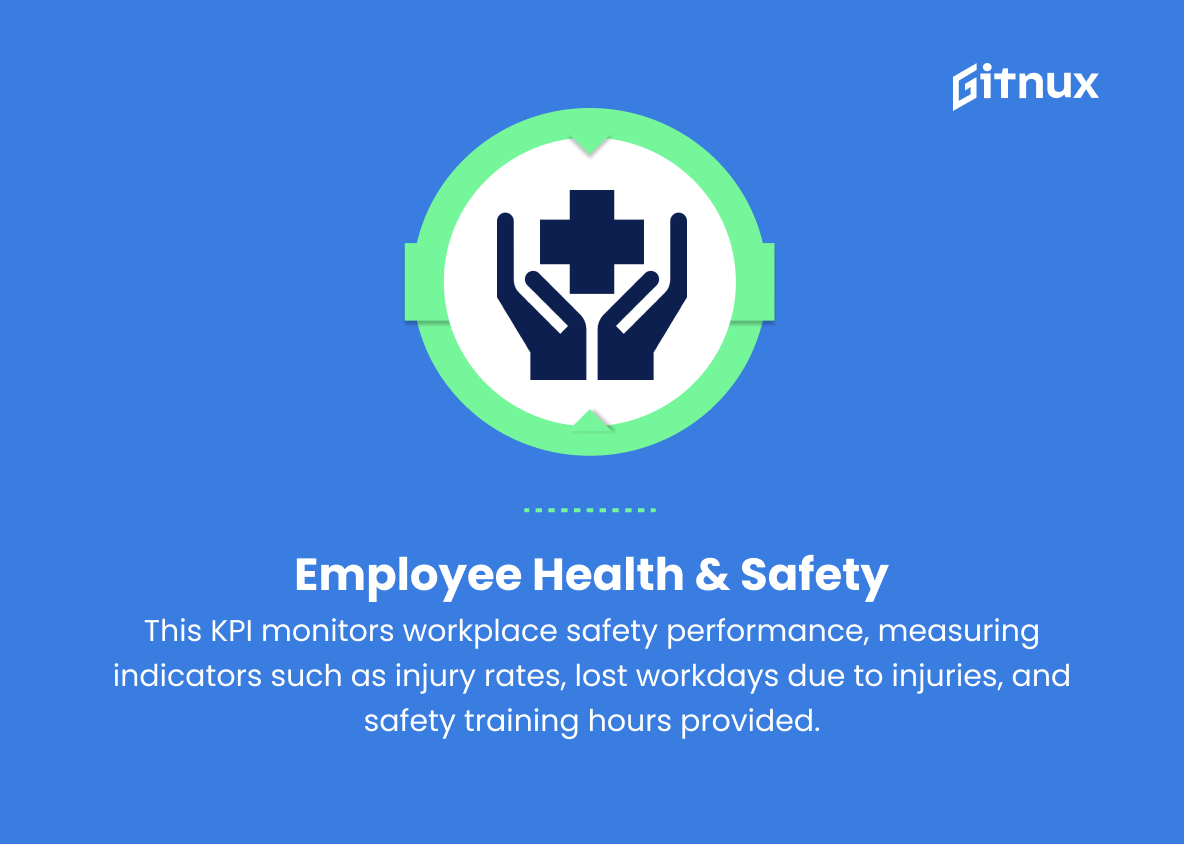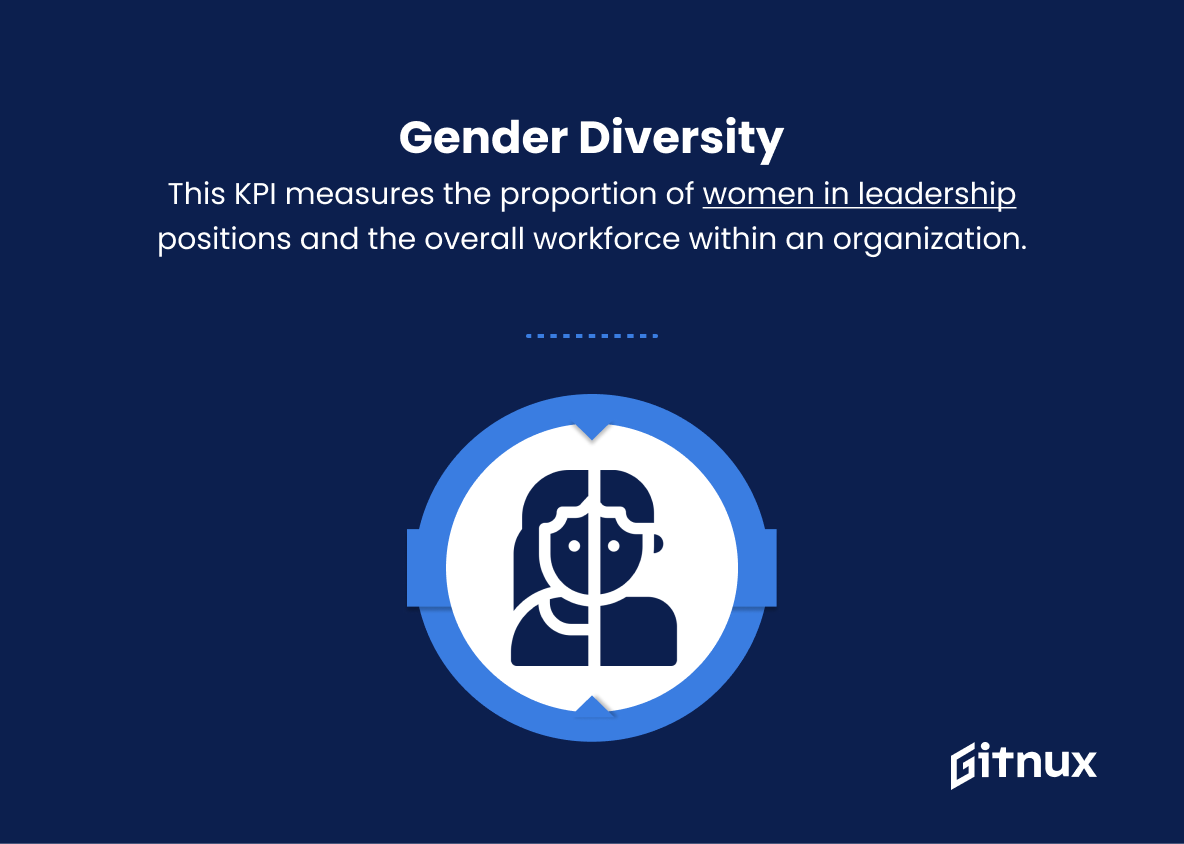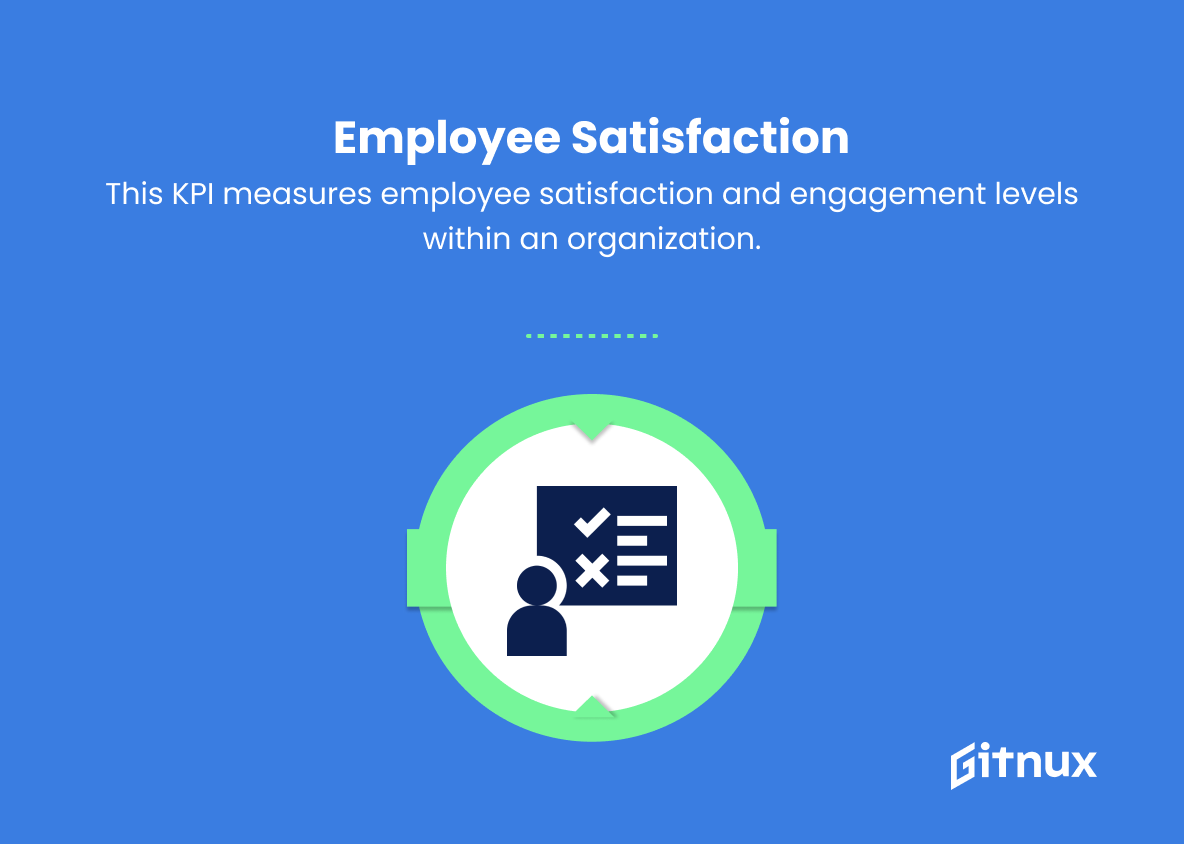In today’s rapidly evolving business landscape, the importance of sustainability and corporate responsibility is increasingly coming to the forefront. As organizations worldwide strive to adopt more sustainable practices, measuring their progress becomes crucial to ensure growth, minimize risks, and establish credibility. Sustainability KPIs (Key Performance Indicators) have emerged as an indispensable tool for businesses to effectively monitor, manage, and communicate their sustainability performance.
In this blog post, we will delve into the world of Sustainability KPIs, exploring their significance, various categories, essential metrics to consider, and how these indicators enable organizations to drive lasting positive change — not only for their bottom line but also for the society and environment at large.
Join us as we navigate the crucial role of Sustainability KPIs in building a better, greener, and more responsible future for businesses and our planet.
Sustainability KPIs You Should Know
1. Carbon Footprint
This KPI measures the total greenhouse gas emissions produced by an organization, expressed in tons of CO2 equivalent. It helps determine an organization’s contribution to climate change.
2. Energy Consumption
This KPI tracks the amount of energy used by an organization in its operations, usually measured in kilowatt-hours or gigajoules. It enables companies to identify energy inefficiencies and implement energy conservation measures.
3. Water Consumption
This KPI measures the volume of water used by an organization for its operations, expressed in cubic meters or liters. It helps companies identify water-saving opportunities and reduce their impact on local water resources.
4. Waste Generation
This KPI tracks the amount of waste produced by an organization, usually measured in tons or cubic meters. It enables companies to identify areas for waste reduction and implement waste management strategies.
5. Recycling Rate
This KPI measures the percentage of waste that is recycled or repurposed by an organization, as opposed to being sent to the landfill. It encourages the adoption of resource-efficient processes and supports the circular economy.
6. Sustainable Procurement
This KPI tracks the percentage of an organization’s spending on products and services that meet specified sustainability criteria, such as certified fair-trade, organic, or recycled content. It encourages responsible supply chain management and supports sustainable development.
7. Environmental Compliance
This KPI measures the number of environmental incidents, violations, or fines incurred by an organization. It serves as an indicator of the organization’s commitment to environmental protection and its ability to manage environmental risks effectively.
8. Biodiversity Conservation
This KPI tracks the organization’s efforts towards preserving the biodiversity and natural habitats in and around its operations. It measures activities such as habitat restoration, conservation programs, and partnerships with local environmental organizations.
9. Employee Health & Safety
This KPI monitors workplace safety performance, measuring indicators such as injury rates, lost workdays due to injuries, and safety training hours provided. It highlights the organization’s commitment to employee well-being and safety.
10. Gender Diversity
This KPI measures the proportion of women in leadership positions and the overall workforce within an organization. It reflects the organization’s commitment to achieving gender equality and promoting diversity in the workplace.
11. Community Engagement
This KPI tracks an organization’s efforts to support and engage with local communities. It includes activities such as charitable donations, volunteering initiatives, and local partnerships to address social and environmental issues.
12. Employee Satisfaction
This KPI measures employee satisfaction and engagement levels within an organization. It typically involves regular employee surveys to gauge satisfaction with work conditions, benefits, and opportunities for growth and development.
These sustainability KPIs help organizations track their progress towards achieving sustainable development goals, reduce their environmental impact, and promote ethical business practices.
Sustainability KPIs Explained
Sustainability KPIs play a crucial role in enabling organizations to monitor their progress towards achieving sustainable development goals, reducing environmental impact, and promoting ethical business practices. They measure key aspects such as carbon footprint, energy and water consumption, waste generation, and recycling rate, helping companies identify opportunities for improvement and driving resource efficiency.
Sustainable procurement and environmental compliance ensure responsible supply chain management and protection of the environment. Biodiversity conservation and community engagement indicators demonstrate the organization’s commitment to preserving the ecosystem and supporting local communities. Moreover, a focus on employee health and safety, gender diversity, and employee satisfaction highlights an organization’s dedication to fostering an inclusive and thriving workplace.
In summary, these sustainability KPIs support a comprehensive approach to measuring and improving the long-term social, environmental, and economic performance of an organization.
Conclusion
In conclusion, sustainability KPIs are a vital tool for businesses and organizations to track and improve their environmental, social, and economic impacts. By identifying and measuring relevant KPIs, decision-makers can facilitate sustainable growth, ensure compliance with regulations, and enhance stakeholder engagement.
As society becomes increasingly conscious of the role businesses play in resolving global challenges, it is more important than ever to develop and utilize sustainability KPIs. By doing so, companies can not only promote a more sustainable future but also gain a competitive advantage in the marketplace.

